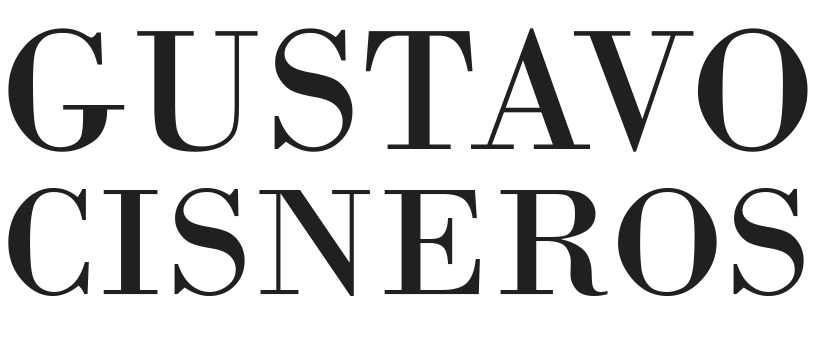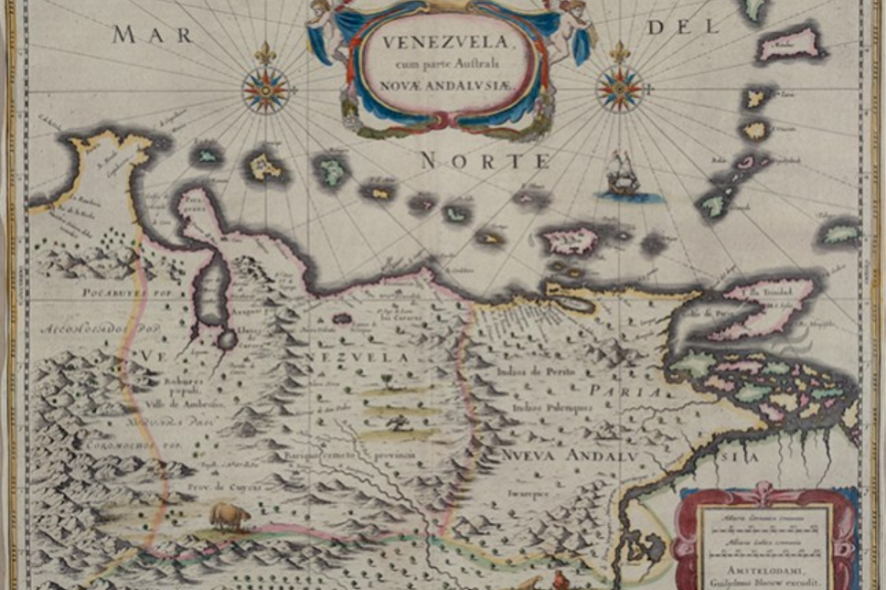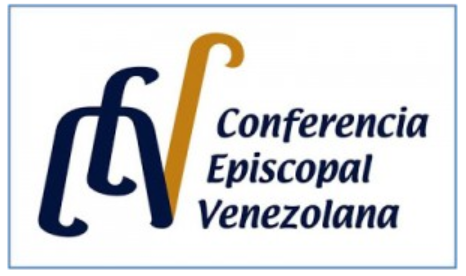After the death of my father, Diego Cisneros, I felt the need to follow through with his wish to learn the full story of our family. Thus, a group of well-known researchers and I began the lengthy process, which concluded with the publication of a book entitled Los Cisneros. Rostros y Rastros de una Familia (1570-2015) (The Cisneros: The Faces and Traces of a Family (1570-2015)).
One of the stories that came up during this process—one that made the family particularly proud—is that of my aunt, Mother Carmen Elena Rendiles Martinez. She founded the Servants of Jesus Congregation in Venezuela and devoted herself to making the living Jesus known through Eucharist, prayer and education. In recognition of this, she was given the title “Venerable” by His Holiness Pope Francis on July 2013.
The family is once again deeply proud and overjoyed, because we have been informed that the Supreme Pontiff has approved the beatification of Mother Carmen, who will become the third Blessed in the history of the Catholic Church in Venezuela, and the first from Caracas.
Mother Carmen was the third daughter of Ramiro Rendiles and Ana Antonia Martinez, and though she was born without her left arm, that never stopped her from reaching for her goals and helping her neighbors.
As a young woman she was inspired to choose a religious life, and Feb. 25, 1927, she was admitted into the Congregation of Servants of Jesus in the Blessed Sacrament. In 1946, she was named mother superior of the whole order in Venezuela.
Later, disagreements with the French sisters, who wanted to turn the congregation into a secular institute, led to a separation, and Mother Carmen created a new religious congregation Nov. 23, 1965—the Servants of Jesus.
The work she did with the Servants of Jesus showed her dedication, humbleness, love for her neighbors and faith, every day. Her work encompassed several cities and regions in Venezuela, including Caracas, Miranda, Valencia, Margarita, San Cristobal and Merida, as well as other countries, like San Jose de Cucuta and Bogota in Colombia and Quito in Ecuador.
Thanks to her work, in 1995 the diocesan phase of the Cause for Beatification and Canonization of the Servant of God Mother Carmen began, as her reputation for saintliness following her death was more than evident.
After Mother Carmen was decreed Venerable in 2013, an ecclesiastical tribunal was established in Caracas to study the alleged miracle attributed to her intercession. The case was that of a surgeon who lost all movement in her left arm as the result of a powerful electric shock, which no longer let her perform surgery. But, as the result of her prayers and the intercession of Mother Carmen, she recovered instantaneously.
In 2015, the Roman stage of the miracle began. Once the canonical requirements had been complied with and the case successfully passed the scientific commission, the theological commission and the General Meeting of Cardinals attributed the cure of Trinete Duran’s arm to no natural explanation.
For our family, the canonization of Aunt Carmen reminds us that we must help our neighbors and continue to pursue our vocation of improving education and well-being in the communities in our region, encouraging us to further honor her work as much as possible through our actions.









